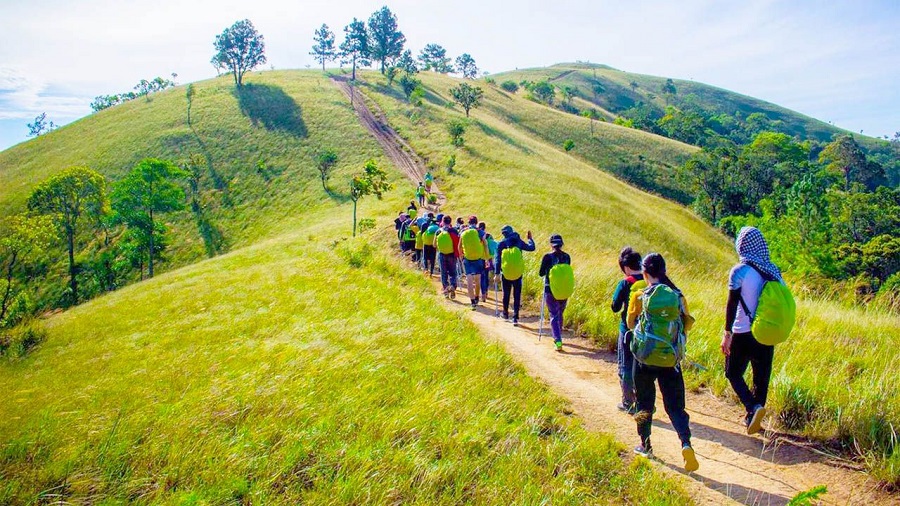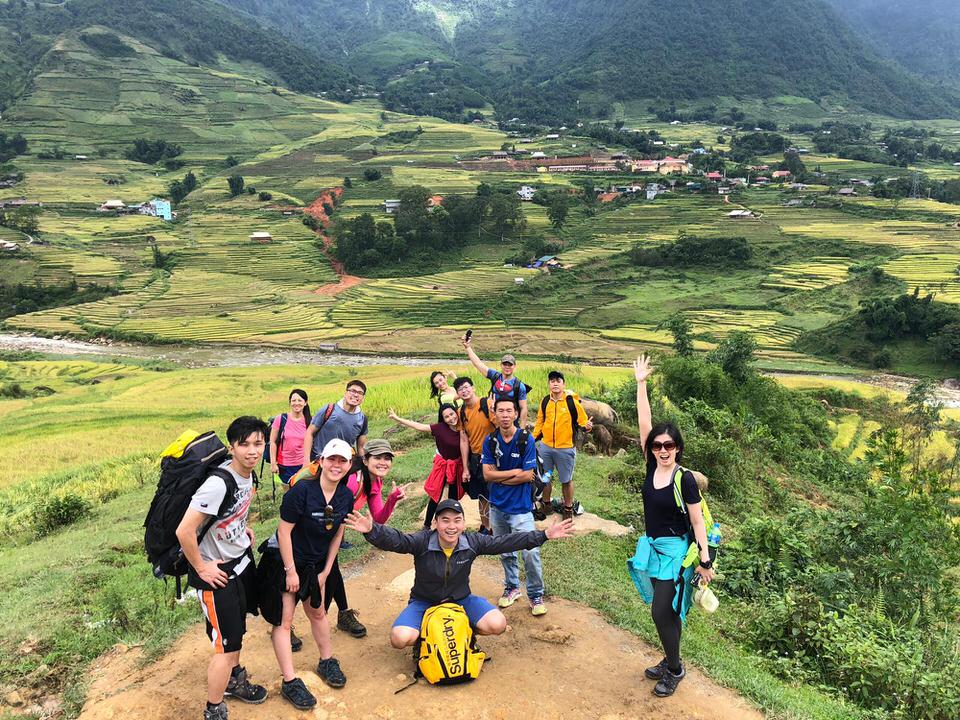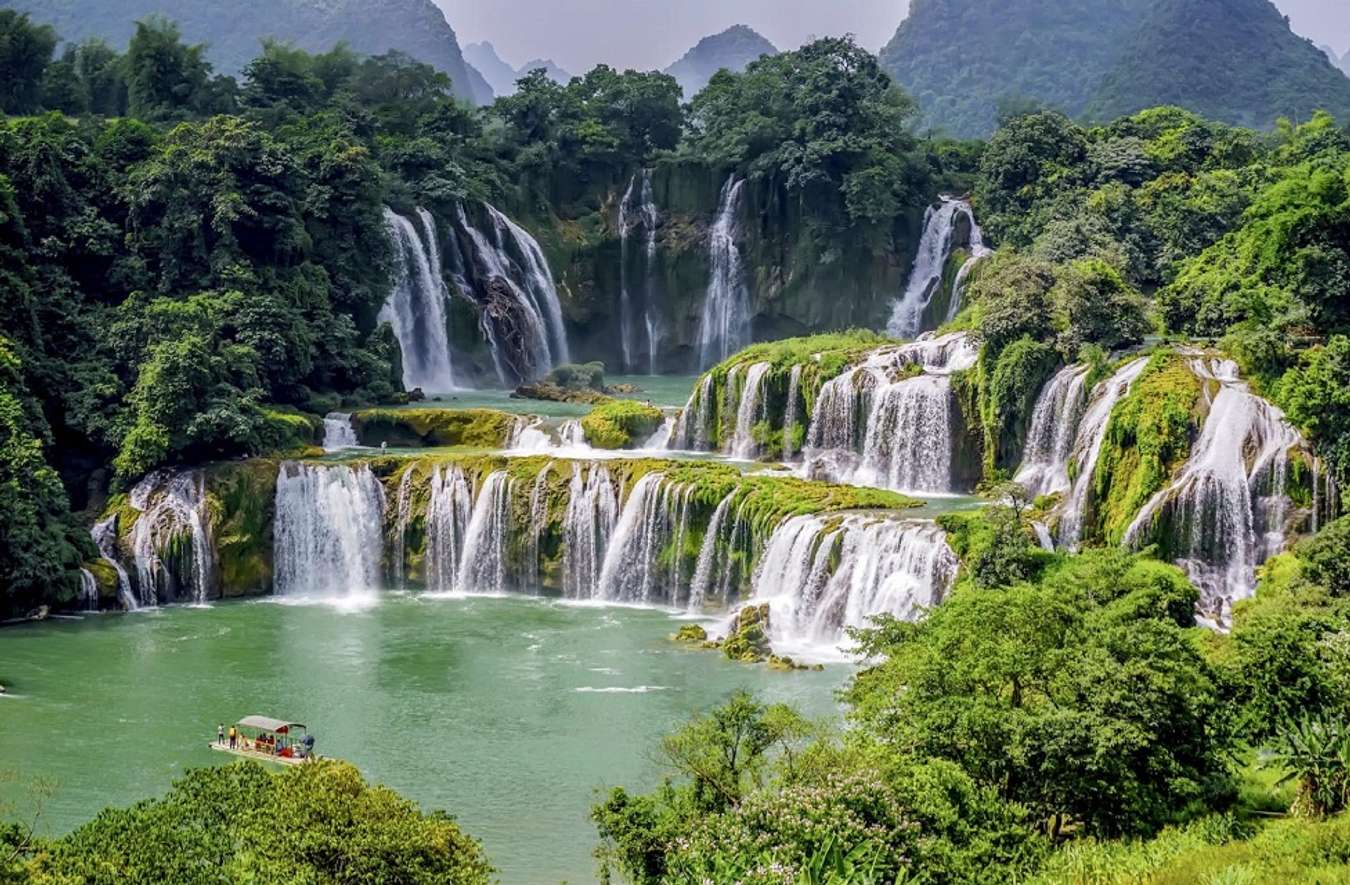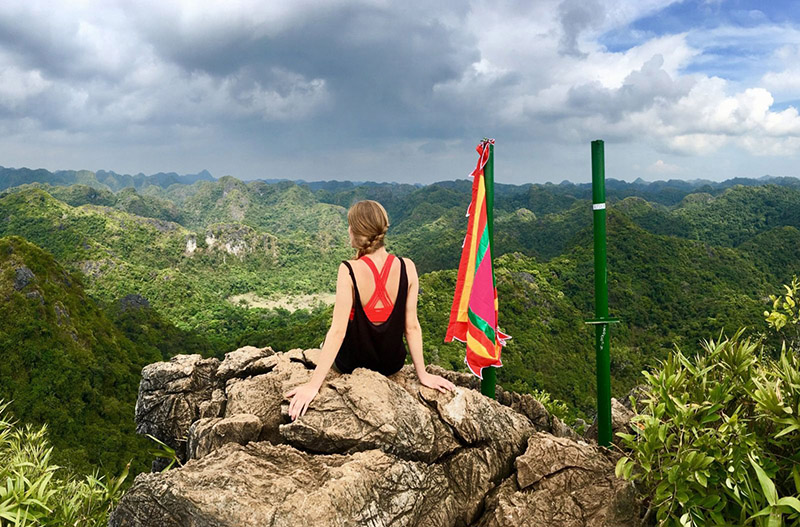1. Introduction Vietnam Trekking Tours
Vietnam, with its diverse landscapes and rich cultural heritage, is a top destination for trekking enthusiasts. From the rugged mountains of the north to the dense forests and coastal trails, Vietnam trekking tours offer a wide range of experiences for all levels of adventurers. YESD‘s guides will take you through some of the best trekking tours in Vietnam, providing insights into what makes these journeys so special.
2. Why Choose Vietnam Trekking?
Diverse Landscapes
Vietnam’s geographical diversity is one of its biggest attractions for trekkers. The country is home to towering mountain ranges, lush valleys, terraced rice fields, dense jungles, and stunning coastlines. Each region offers unique Vietnam trekking opportunities, allowing you to explore everything from high-altitude trails in the north to tropical rainforests in the south.
Cultural Immersion
Vietnam Trekking is not just about the landscapes; it’s also a cultural journey. As you trek through rural villages, you’ll have the opportunity to meet ethnic minority groups, each with their distinct customs, languages, and traditions. Staying in homestays, participating in local festivals, and enjoying traditional meals are all part of the experience.
Year-Round Vietnam Trekking
3. Top Vietnam Trekking Destinations
Sapa: The Iconic Trekking Destination
Sapa, located in the northern highlands, is Vietnam’s most famous trekking destination. Known for its stunning terraced rice fields, towering peaks, and the vibrant culture of the Hmong, Dao, and Tay ethnic groups, Sapa offers a variety of Vietnam trekking routes ranging from easy day hikes to challenging multi-day treks.- Fansipan Mountain: Known as the “Roof of Indochina,” Fansipan is the highest peak in Vietnam, standing at 3,147 meters. Trekking to the summit is a challenging but rewarding experience, offering panoramic views of the surrounding mountains and valleys.
- Ta Van and Cat Cat Villages: For those looking for a less strenuous trek, the routes to Ta Van and Cat Cat Villages provide a scenic journey through terraced fields and traditional villages, where you can experience the local culture up close.

Sapa Trekking

Fansipan Mountain
Ta Van and Cat Cat Villages
Ha Giang: Off-the-Beaten-Path Adventures
Ha Giang, Vietnam’s northernmost province, offers some of the most breathtaking and remote trekking experiences in the country. The dramatic landscapes of Ha Giang, with its towering limestone peaks, deep valleys, and winding rivers, make it a paradise for trekkers seeking solitude and adventure.- Dong Van Karst Plateau: A UNESCO Global Geopark, the Dong Van Karst Plateau is a rugged landscape of limestone mountains and deep gorges. Trekking through this area offers a unique experience, with opportunities to visit remote Hmong villages and explore ancient rock formations.
- Ma Pi Leng Pass: Known as one of the most spectacular mountain passes in Vietnam, trekking along Ma Pi Leng offers stunning views of the Nho Que River and the surrounding mountains. The trek is challenging but immensely rewarding, with every turn revealing new vistas.

Dong Van Karst Plateau

Ma Pi Leng Pass
Pu Luong Nature Reserve: Hidden Gem of the North
Located in Thanh Hoa Province, Pu Luong Nature Reserve is an underrated trekking destination that offers pristine landscapes and authentic cultural experiences for Vietnam trekking. The reserve is home to lush forests, limestone peaks, and terraced rice fields, as well as the traditional stilt houses of the Thai and Muong ethnic groups.- Kho Muong Village Trek: This trek takes you through remote villages, bamboo forests, and terraced fields, offering a glimpse into the traditional way of life in Pu Luong. The highlight of the trek is Kho Muong Village, known for its stunning rice terraces and the warm hospitality of the local people.
- Don Village: A trek to Don Village allows you to explore the heart of Pu Luong, with its picturesque landscapes and opportunities to learn about the local customs and traditions. The village is a great place to relax after a day of trekking, with homestays offering comfortable accommodations and delicious local food.

Pu Luong
Cao Bang: Land of Waterfalls and Limestone MountainsCao Bang, located in northeastern Vietnam, is known for its stunning natural beauty, including the famous Ban Gioc Waterfall, the largest waterfall in Vietnam. The province is also home to towering limestone mountains, lush forests, and remote ethnic minority villages, making it an excellent destination for trekking.- Ban Gioc Waterfall Trek: A trek to Ban Gioc Waterfall offers the chance to see one of Vietnam’s most spectacular natural wonders up close. The trek takes you through scenic countryside, past rice paddies, and through small villages, before reaching the waterfall, where you can cool off in the refreshing waters.
- Ngoc Con Mountain: For those seeking a more challenging trek, Ngoc Con Mountain offers a rugged route with breathtaking views of the surrounding valleys and mountains. The trek is not for the faint-hearted, but the reward is a sense of accomplishment and stunning vistas.

Ban Gioc Waterfall Trek
Cat Ba Island: Coastal and Jungle Treks
Cat Ba Island, part of the Cat Ba Archipelago in Ha Long Bay, offers a unique combination of coastal and jungle trekking. The island is known for its diverse ecosystems, including mangroves, coral reefs, and tropical rainforests, making it a great destination for nature lovers.- Cat Ba National Park: The park offers several trekking routes that take you through dense forests, past hidden caves, and up to viewpoints with panoramic views of the island and surrounding waters. The trek to Ngu Lam Peak is particularly popular, offering a challenging hike with stunning rewards at the top.
- Viet Hai Village: A trek to Viet Hai Village offers a peaceful journey through the heart of Cat Ba Island. The village is located in a secluded valley, surrounded by limestone mountains, and provides a glimpse into the traditional way of life on the island.

Cat Ba National Park
4. What to Expect on a Vietnam Trekking Tour
Local Guides and Homestays
One of the highlights of trekking in Vietnam is the opportunity to connect with local communities. Many Vietnam trekking tours are led by local guides who have an intimate knowledge of the land and culture. Staying in homestays is a common feature of these tours, allowing you to experience the hospitality of ethnic minority groups and learn about their customs and traditions.Physical Demands and Preparation
Vietnam’s trekking routes range from easy walks suitable for beginners to challenging multi-day hikes that require a good level of fitness. It’s important to choose a trek that matches your physical abilities and to prepare accordingly. For more strenuous treks, such as the ascent of Fansipan, you should be in good physical condition and bring appropriate gear, including sturdy hiking boots, warm clothing, and rain protection.Cultural Etiquette
When trekking through rural areas and staying in local villages, it’s important to respect the customs and traditions of the communities you visit. Dress modestly, ask for permission before taking photos, and be mindful of local practices. Your Vietnam trekking guide will usually brief you on the cultural etiquette to follow, ensuring that your visit is respectful and enjoyable for both you and the local people.5. Best Time for Trekking in Vietnam
Vietnam’s climate varies significantly from north to south, so the best time to trek depends on the region you plan to visit:- Northern Vietnam (Sapa, Ha Giang, Pu Luong): The best time to trek in northern Vietnam is from September to November and from March to May. During these months, the weather is cool and dry, with clear skies and comfortable temperatures. The autumn months (September-November) are particularly beautiful, as the terraced rice fields are at their golden peak.
- Central and Southern Vietnam (Cat Ba, Central Highlands): The dry season from December to April is the best time to trek in central and southern Vietnam. During this period, the weather is warm and dry, making it ideal for outdoor activities. The central highlands can be cooler during this time, providing pleasant trekking conditions.
6. Sustainable Trekking Practices
Sustainable tourism is becoming increasingly important in Vietnam, and trekking is no exception. Here are some tips to ensure that your Vietnam trekking tour has a positive impact on the environment and local communities:- Leave No Trace: Always follow the principle of leaving no trace by taking your rubbish with you, avoiding disturbing wildlife, and sticking to designated trails to prevent erosion.
- Support Local Communities: Choose trekking tours that are run by or benefit local communities. Staying in homestays, buying locally made products, and using local guides helps support the economy and preserve cultural heritage.
- Respect Nature and Culture: Be mindful of the natural environment and cultural practices of the areas you visit. Avoid picking plants, disturbing wildlife, or engaging in activities that could harm the environment or offend local customs.
7. Booking a Vietnam Trekking Tour
There are numerous trekking tour operators in Vietnam, offering a wide range of itineraries that cater to different interests and fitness levels. When booking a trekking tour, consider the following:- Experience and Reputation: Choose a tour operator with experience and a good reputation for providing high-quality, sustainable tours. Reading reviews from previous travelers can give you a good idea of what to expect.
- Customization Options: Some tour operators offer customizable itineraries, allowing you to tailor your trek to your interests and fitness level. This can be a great option if you have specific preferences or if you want to combine trekking with other activities, such as cultural tours or cooking classes.
- Group Size: Consider the size of the tour group. Smaller groups often provide a more personalized experience and have less impact on the environment and local communities.

